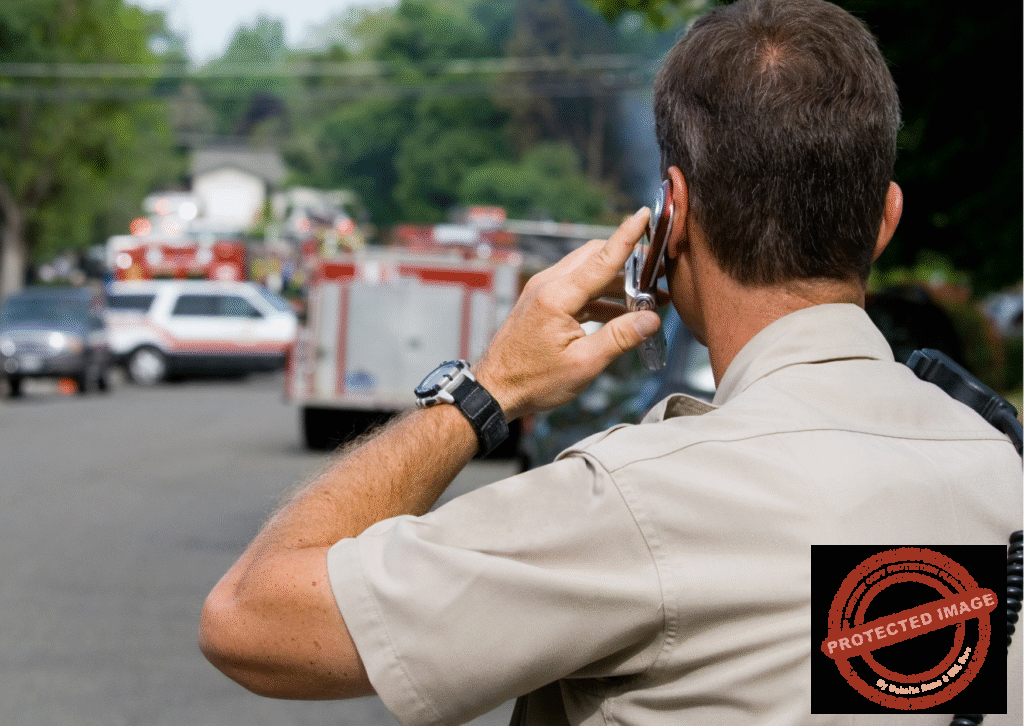
Unimaginable Tragedies: The Fight Against Violence
Have you ever felt a heavy weight in your heart while watching the news? You know the moments—when the screen lights up with stories of unimaginable tragedies that rip lives apart and leave families shattered. It seems like every day brings another report of violence in our schools, movie theaters, places of worship, and other beloved gathering spots.
These events are not just news headlines; they are painful reminders of our vulnerability, and they ignite a wave of sorrow that spreads through communities. We can all agree that such acts of violence are utterly heartbreaking. No one should endure the agony of losing a loved one to senseless brutality.
It doesn’t matter who we are or how we identify—violence knows no boundaries. It breeds fear and trauma, fracturing the very fabric of our society. We are left wondering: how can we heal? How can we come together to foster a culture of safety and compassion? The road ahead may be long, but acknowledging this pain is the first step toward change and hope for a brighter future.
We cannot allow ourselves to be passive observers anymore. We have the power to demand action, to challenge the status quo, and to advocate for solutions that prioritize prevention and safety. But to truly address the epidemic of violence, we must delve deeper. We need to interrogate the root causes, explore why effective prevention measures haven’t been implemented more swiftly and efficiently, and find ways to overcome the obstacles that stand in our way. Listed below are some of the reasons why safety is often not prioritized in the fight against violence. This doesn’t imply that organizations or decision-makers lack concern; rather, it signifies a troubling oversight.

Mindset – Some individuals believe that violations or threats will never affect their organization or community, particularly in areas with low crime rates. This mindset creates a false sense of security, leading to negligence in establishing safety protocols designed to protect employees and the public.
Inconvenience– Many organizations prioritize avoiding customer complaints, which can lead them to implement safety measures in the least intrusive way possible. Unfortunately, this approach means that security personnel often must work with vague policies, focusing more on customer service than on effective safety measures. Criminals frequently study their targets and closely observe security protocols before committing a crime, making security an essential consideration.
Budgeting– Those with experience in security or law enforcement will attest that funds are often not allocated effectively. Many organizations only react to security and safety needs after incidents occur on their premises. Conversely, some fail to invest in necessary resources to prevent or mitigate potential threats, such as sufficient staffing, proper access control software and hardware, and adequate training for professional development. If customers do not feel safe, it can significantly impact a business’s bottom line. Therefore, organizations should create a dedicated budget for security and safety measures.
Negligent Employees – Company employees often have questions about the role of security personnel during emergencies, but they frequently overlook their part in helping to enhance safety. Employees can contribute by ensuring doors are securely closed when exiting, observing details about suspicious individuals or vehicles (including clothing descriptions, vehicle color, make, model, and license number), and reporting any malfunctioning doors, cameras, or pull stations. It’s also crucial for employees to maintain control of their keys and access badges to prevent them from falling into the wrong hands. For safety to be everyone’s responsibility, upper management must integrate this principle into the company’s mission and workplace culture. Security personnel must enforce policies that prioritize safety, even if it may not always be popular.
Conclusion
Safety is a collective responsibility that requires everyone’s cooperation to protect one another. Would you prefer a slight inconvenience if it means better protection? Organizations must prioritize the safety of both customers and employees. In today’s world, the prevalence of firearms increases the risk of violence, particularly in mass casualty situations. Sadly, the era of unarmed security officers is diminishing, and companies may need to consider hiring armed officers in response to potential active shooter scenarios. Implementing safety measures will always necessitate a consistent, proactive, and adaptive approach to ensure a safe environment for everyone.
What are your thoughts on safety and security? Are there any locations where you would like to see enhanced security protocols implemented to help you feel more at ease?
